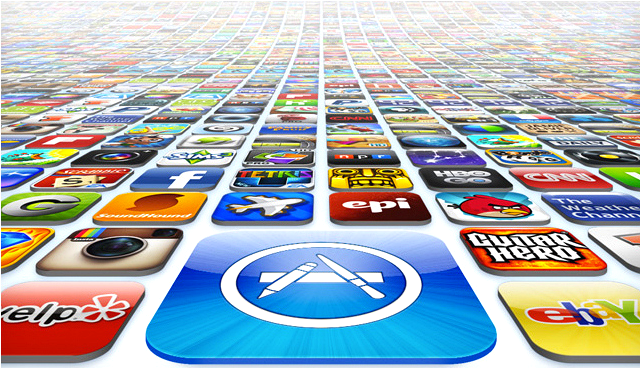
By Subrah Iyar
It’s a sign of our increasingly mobile-centric times, that app users are now spoiled for choice. There are millions of apps to choose between, all vying for a user’s attention.
In this intensely competitive landscape, driving downloads is one challenge. Keeping users engaged and returning to an app is a different matter.
That’s why it’s more important than ever to create an experience that stands the test of time. Developers need to add meaningful and compelling interactions to keep users coming back to their apps on a daily, if not hourly, basis. “Stickiness,” or repeat use, is, ultimately, key to an app’s survival.
Keep them coming back for more
For developers looking to enter the mobile app market, the stats make for sobering reading. Android users have a choice of 1.6 million apps while in Apple’s App Store there are now some 1.5 million available apps. One recent report states that as many as 83 percent of the apps in the iOS App Store are so-called “zombie” apps; those that are “invisible” to users.
Once a developer has acquired users, keeping them engaged and ensuring that the app becomes an integral part of their lives, is a big challenge. A quarter of us will use an app only once and over half of all users typically stop using an app altogether after three months. In this climate, app developers need to get creative in order to drive ongoing usage and build in value that will keep users engaged over the long-term.
Part of this change is being driven by a more mature app marketplace and increasingly app-savvy users. Throughout the day, we rely on apps from banking to booking appointments, checking into flights and chatting with friends and family. As such, expectations of both performance and the user experience are evolving.
Additionally, the simplicity and ease of use of consumer apps have set high expectations for business apps. All smartphone users are consumers first and, as such, we expect a great user experience to be replicated in the apps that are used in the workplace, whether it’s tools for HR, sales, finance, purchasing or planning. However business apps haven’t always provided the same seamless, intuitive experience as personal apps. Issues with usability have limited their adoption and success. This needs to change for businesses to realise the full value of deploying mobile apps and smartphones in the workplace.
Break from the past with “mobile first” apps
The good news is that mobile app developers are well positioned to disrupt the status quo and deliver innovative experiences for employees to engage with business apps that are being built with a “mobile first” mindset.
Unencumbered by legacy IT systems, they can focus on what will work in the mobile environment, bearing in mind the form factor of the device and the attention span of mobile users. For example, where the web is suited to long format forms, apps need to be built with context in mind with short format screens that are easy for users to scroll through. It’s not about replicating the desktop experience, but more about finding ways of working that will suit the user behaviors in the mobile environment.
Users will only really continue to use apps that deliver something of added value and provide a way to make their lives easier. For example, if it’s a business focused app, what features does it offer to help users to get their work done more quickly or efficiently than they would with a desktop app?
Can they process a purchase order more efficiently with the app? Is it designed in a lightweight manner so that it enables users to quickly accomplish their work without clicking through multiple screens of extraneous typing to complete the desired task?
Collaboration is a key to retaining users
Many business apps have failed to gain a following as they simply don’t facilitate the way that teams work together now. For example, teams need to share and annotate documents, as well as communicate via voice or video to drive projects forward.
Most importantly, they should be able to do all this in the context of their ongoing conversation, without leaving the app they’re working on, whether it’s an ERP or CRM app, to fire up a messaging or email app. Jumping between different email or messaging apps – from Skype, email or Whatsapp – is disruptive to the workflow and slows both the user and the process down.
Developers need to take time to understand key aspects of the mobile user’s workflow and build apps rich with communication and collaboration which empower users to accomplish more within the app itself – without having to switch between multiple tools. Supporting today’s workers with mobile collaboration functionality within an app provides a valuable way of increasing user engagement.
Adding a rich communication layer, seamlessly integrated into an app, not only provides a route to increasing user acquisition but also gives users a reason to return to their app. Incorporating this teamwork functionality can be done in a way that is neither costly or complex, using a full suite of collaboration APIs or SDKs such as those offered by Moxtra.
Bringing teams and information together is increasingly important in our mobile-driven working lives.
Delivering features that can support users to work smartly and efficiently and enrich the user experience can drive greater engagement and reward developers with loyal users that have a reason to come back to their app over and over again.
